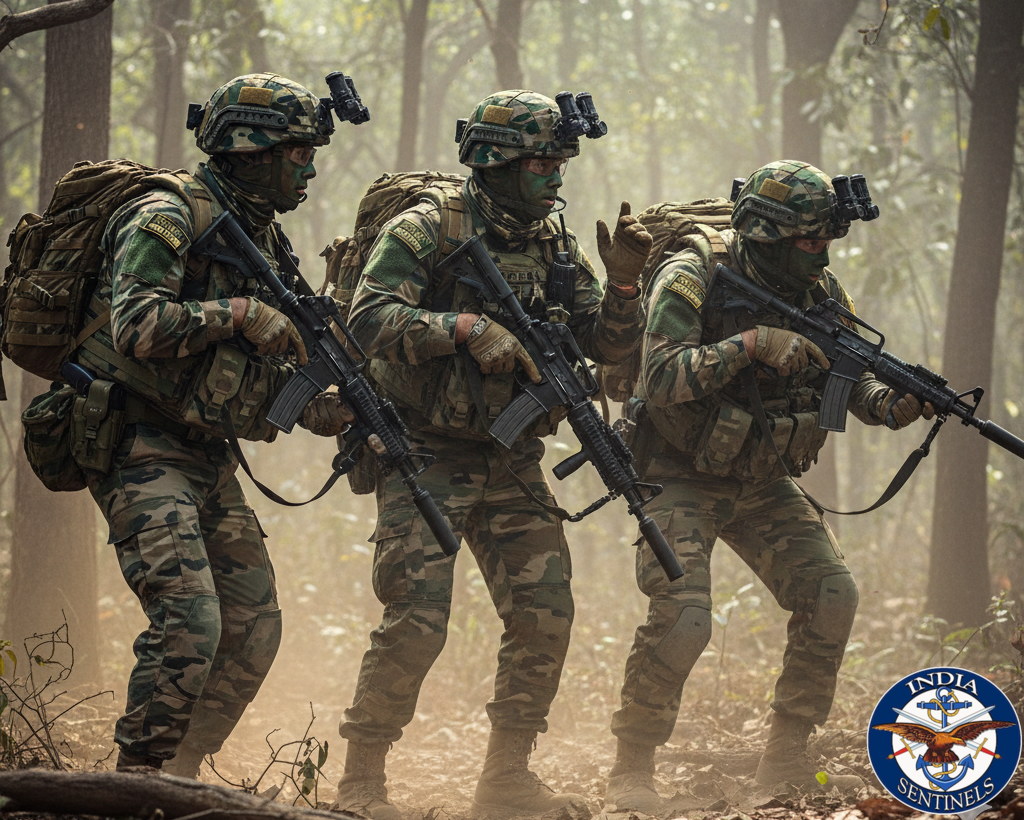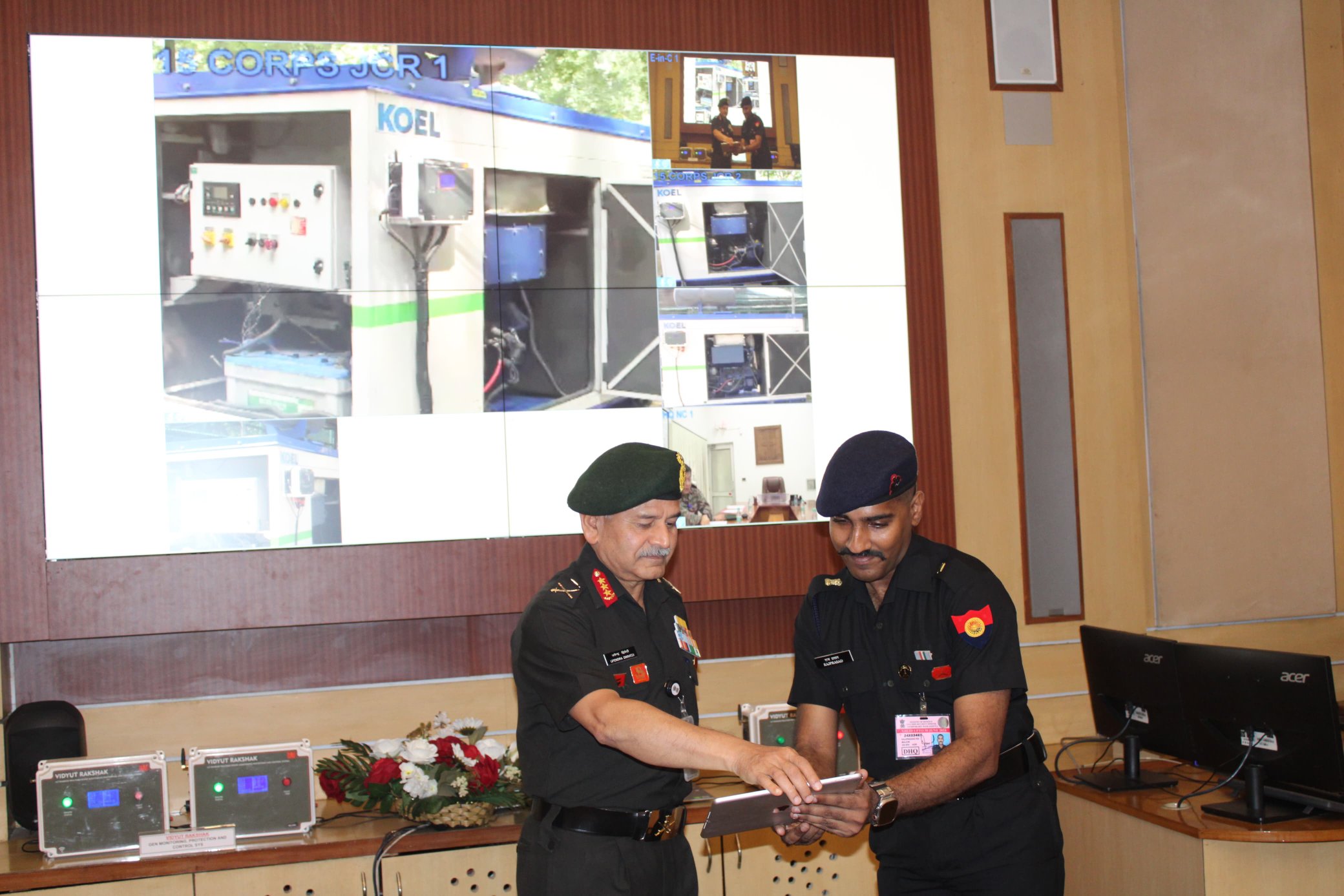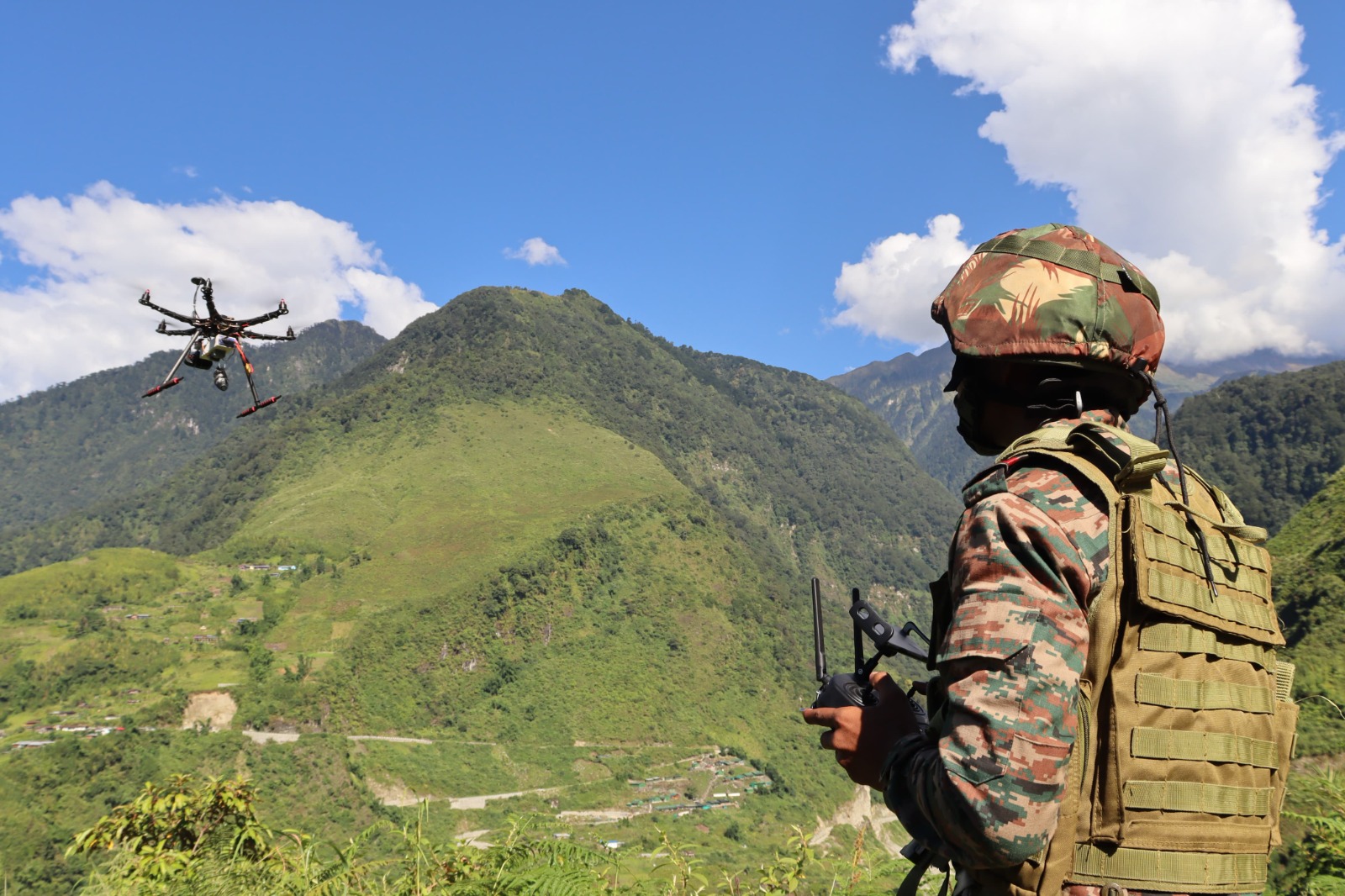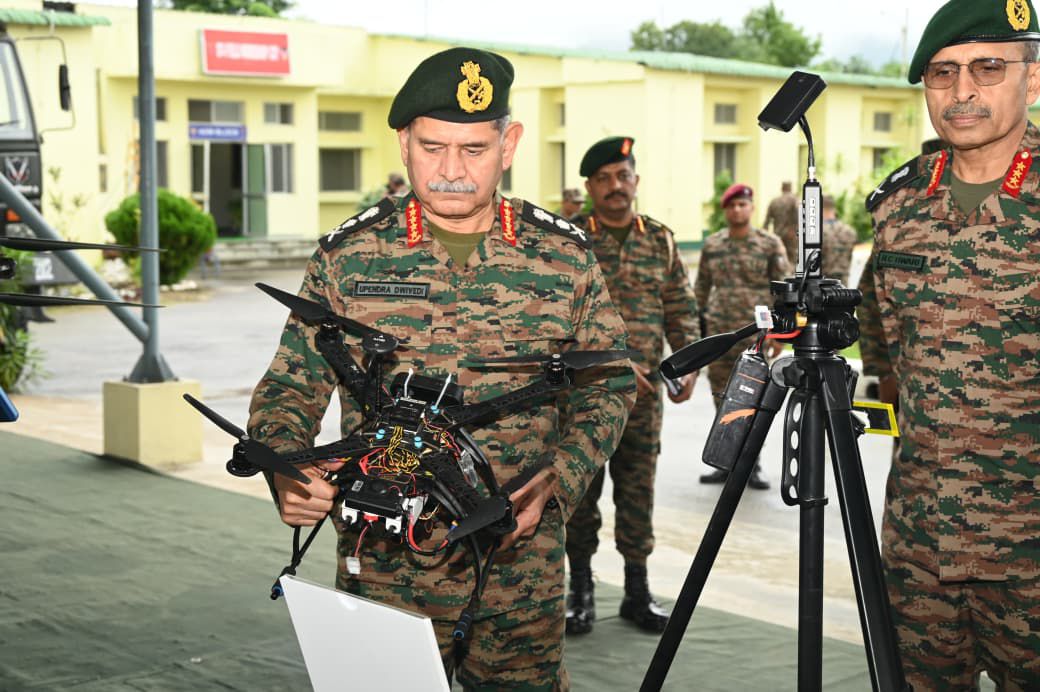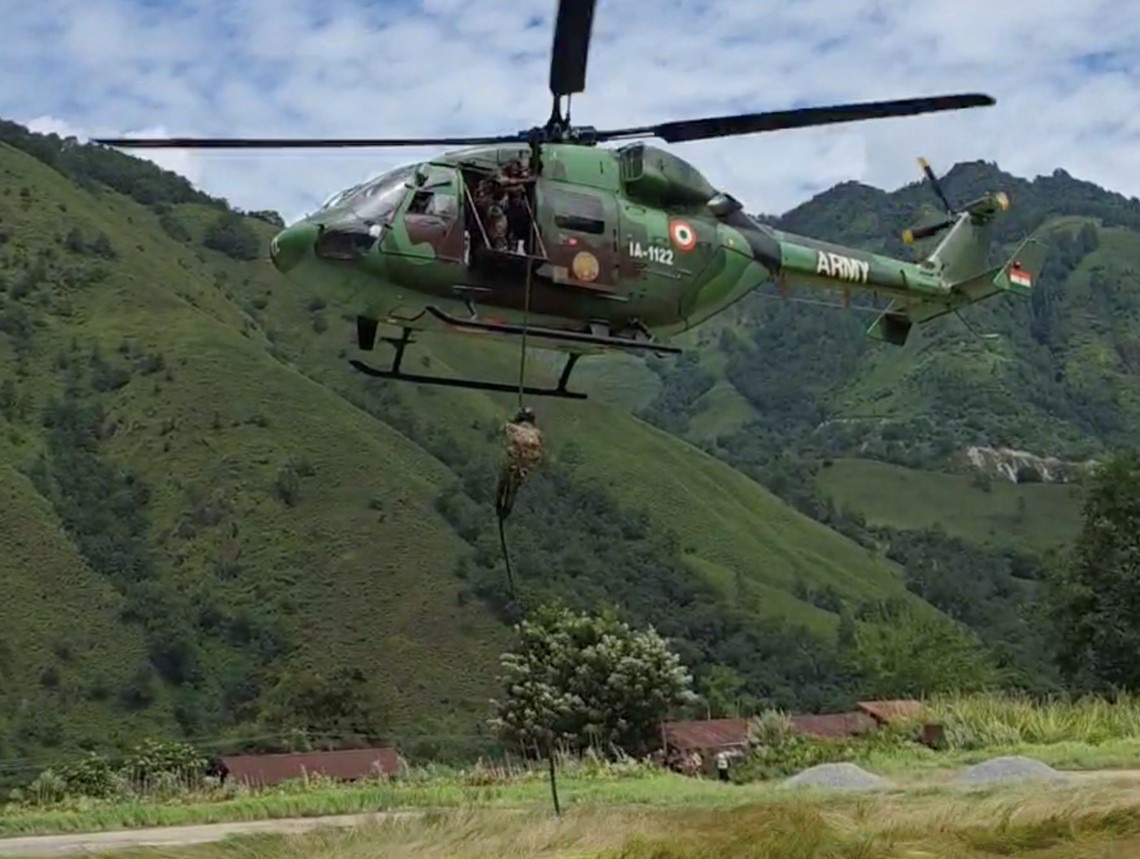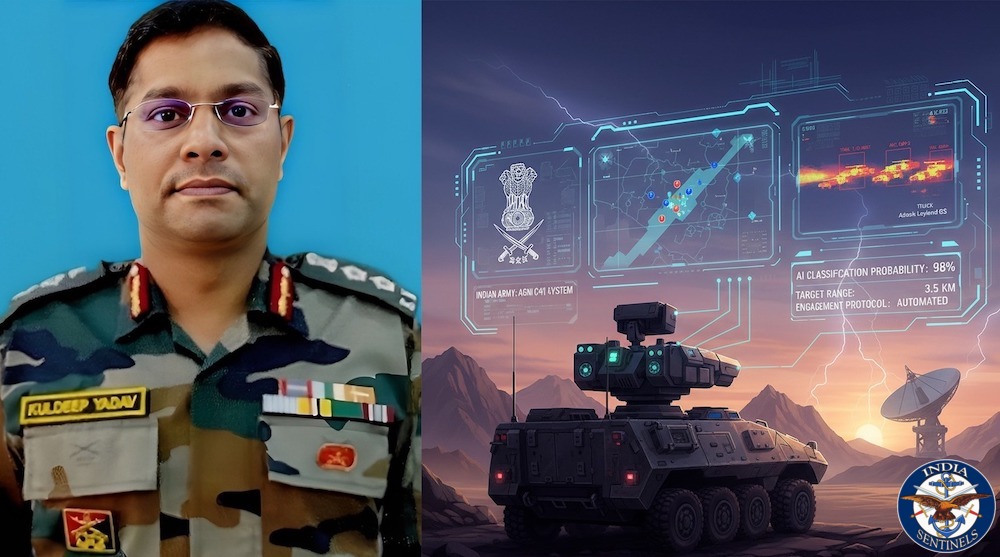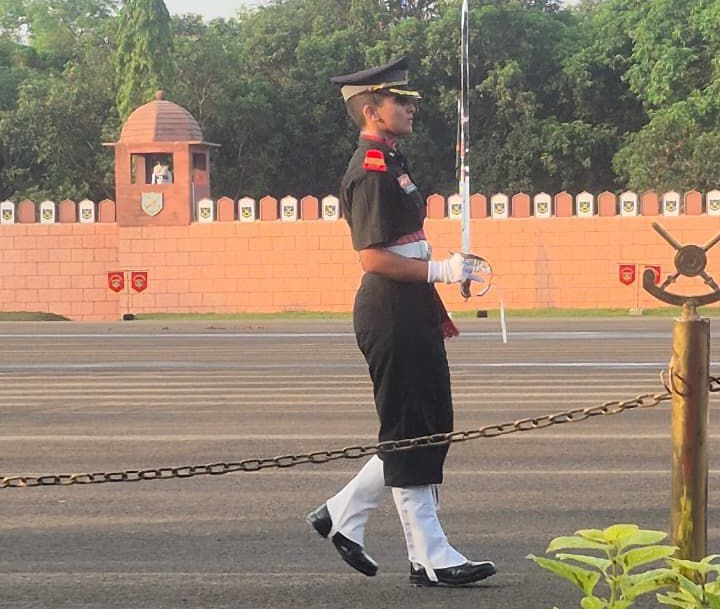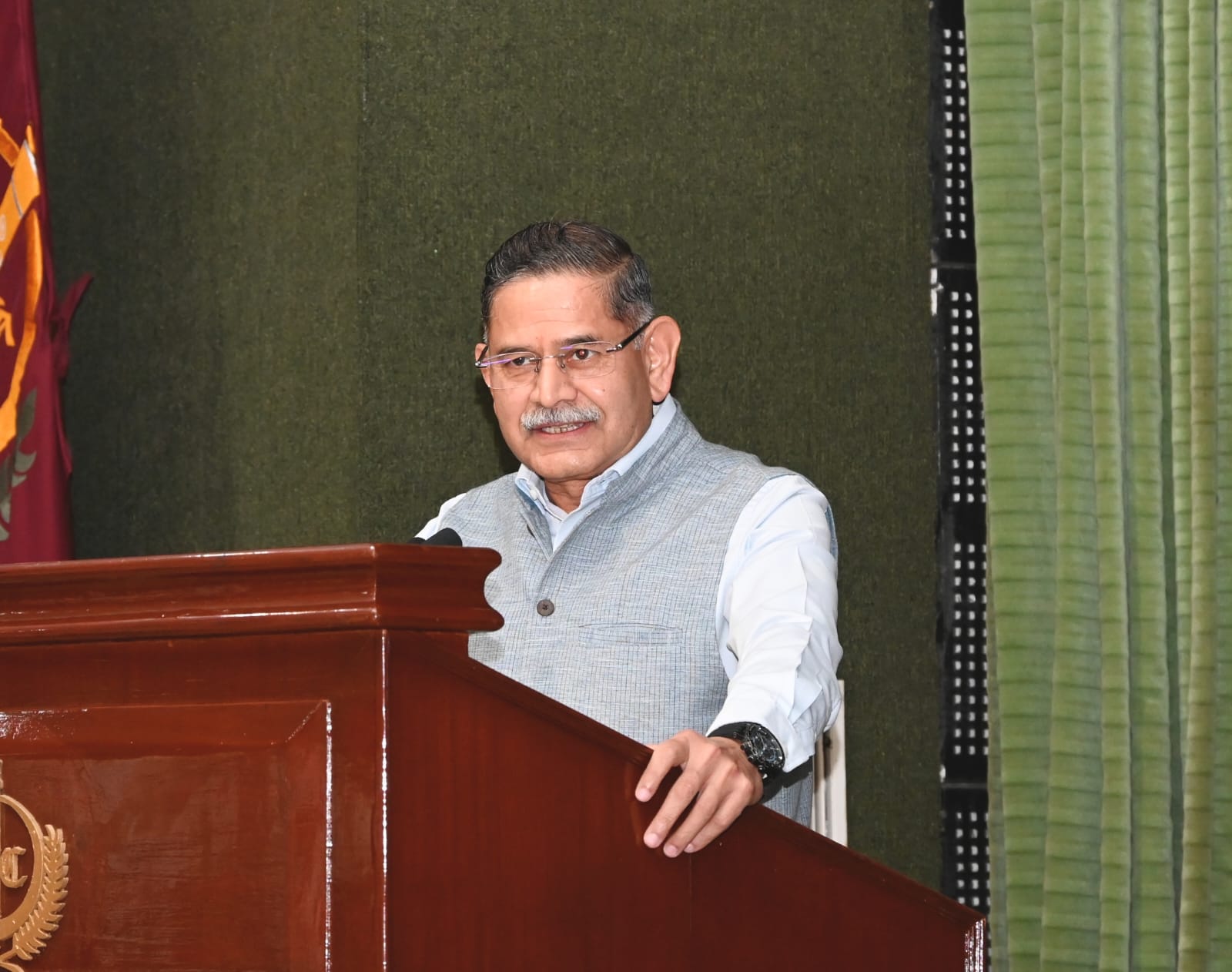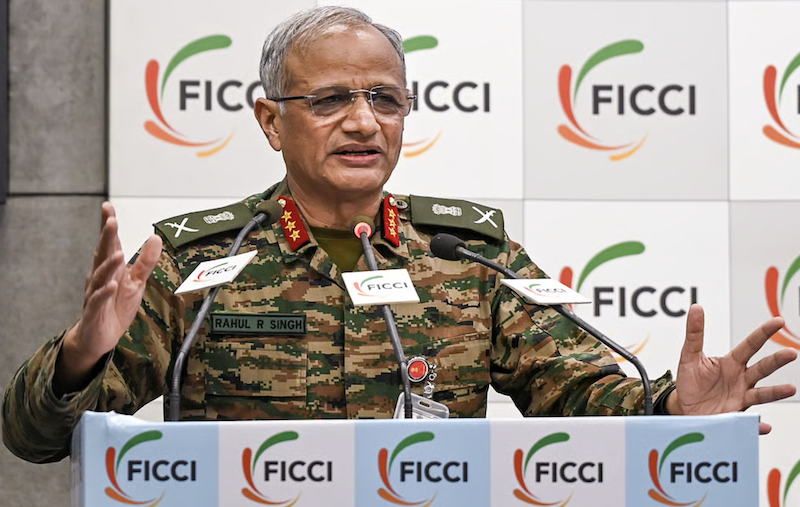 Lt Gen Rahul R Singh.
Lt Gen Rahul R Singh.
New Delhi: India’s four-day military operation in May revealed the emergence of a complex adversarial alliance, with China providing real-time intelligence support to Pakistan while Turkey supplied advanced drone technology and personnel during Operation Sindoor that followed the Pahalgam terror attack. Lieutenant General Rahul R Singh, deputy chief of army staff (capability development and sustenance), disclosed the multi-actor nature of the confrontation during his address at the Federation of Indian Chambers of Commerce and Industry (Ficci) “New Age Military Technologies” event on Friday.
His revelations have fundamentally altered India’s understanding of the security challenges it faces along its western border.
The conflict was triggered by the brutal terrorist attack at Pahalgam, Jammu & Kashmir, on April 22. The Resistance Front, an offshoot of Lashkar-e-Taiba, killed 28 civilians, including 27 tourists, in what intelligence agencies described as a calculated act of violence designed to provoke a military response.
Pakistan’s refusal to act against these groups and its denial of complicity compelled India to launch precision strikes on nine terror-linked sites across Pakistan and Pakistan-occupied Kashmir between 1.05am and 1.30am on May 7. The operation involved all three services and was deliberately calibrated to avoid civilian and military infrastructure while focusing solely on dismantling terrorist camps.
China’s ‘borrowed knife’ strategy
Singh’s most significant revelation concerned China’s deep involvement in the conflict through what he termed the “borrowed knife” doctrine. Chinese intelligence provided Pakistan with real-time satellite inputs on Indian troop deployments and weapon positions, enabling Pakistani officials to reference specific Indian vectors during director general of military operations-level talks – information only accessible through Chinese surveillance networks.
The intelligence sharing proved so comprehensive that Pakistani negotiators demonstrated detailed knowledge of Indian military movements that could only have been obtained through Chinese satellite surveillance. This marked a concerning escalation in China’s proxy warfare strategy, allowing Beijing to advance its interests without direct military engagement.
China’s support extended beyond intelligence gathering. Approximately 81% of Pakistan’s military hardware is of Chinese origin, and the conflict served as a live testing ground for Chinese weapon systems, including J-10 fighters, PL-15 air-to-air missiles, and HQ-9 air-defence batteries. This arrangement provided China with valuable combat data while enhancing Pakistan’s military capabilities against India.
Read also: China’s covert military support to Pakistan emerges as major concern for India
Turkey’s drone diplomacy
Turkey emerged as the third actor in this adversarial alliance, supplying Bayraktar drones and trained personnel to Pakistan. Turkish-origin kamikaze drones and Asisguard Songar drones were deployed extensively during the conflict, representing a significant enhancement to Pakistan’s offensive capabilities, as India Sentinels had reported during the conflict.
The Turkish involvement signalled a broader geopolitical realignment, with Ankara actively backing Islamabad against New Delhi. This support included not only hardware but also technical expertise, with Turkish personnel reportedly involved in operating advanced drone systems during the conflict.
Four days of intense combat
The hostilities, lasting from May 7 to May 10, represented the most intense military exchange between India and Pakistan in decades. Pakistan responded to India’s precision strikes with coordinated drone and missile attacks on more than a dozen Indian military installations across the northern and western theatres.
India’s integrated air-defence systems and counterdrone grid effectively neutralized these attacks, demonstrating the robustness of its multi-layered security architecture. The engagement involved fighter jets, missiles, drones, and long-range artillery, with both sides demonstrating advanced military capabilities.
The conflict concluded with Pakistan agreeing to a ceasefire, which military analysts attributed to India’s demonstrated readiness to escalate further if necessary. Singh described the decision to halt operations as a “masterly stroke” that achieved military objectives while preventing a full-scale war.



